Login Toast Message
Login toast message for the successfully login user
- Toast Message
-
Welcome Back, {{username}}👋
Logging you in....
Let's make a difference today.
The stress welled up in my body each time I tried to breastfeed.
My newborn baby was beautiful. Yet, I wasn’t producing nearly enough milk to calm his hunger. Each time we tried, we both ended up in tears.
The lactation specialist at Toronto’s Mt. Sinai hospital said all would be fine. She spoke in calm, supportive tones, then handed me the syringe for a formula feed. Then wheeled over a giant breast pump to get things going.
Why couldn’t I provide what Derrick needed? For the past nine months, I’d done everything ‘right!’ I’d shopped for the safest car seat. Stocked the fridge with nutritious food. Learned the proper infant sleep position. Filled a little dresser with soft onesies.
Despite all my care and preparation, I had no breast milk for my child. My maternal hormones were shouting like crazy. My breasts just weren’t listening.
My milk ‘came in’ the following day … no surprise to the nurses.
But since working with World Vision, I’ve learned how immensely privileged I was. Especially when compared with mothers around the world struggling to feed their babies through natural and man-made disasters.
Every year, millions of babies take their first breath in regions rocked by droughts, storms, floods, earthquakes and armed conflict. Their mothers frequently have no access to breastfeeding support.
Yet, breastfeeding is especially critical in humanitarian and fragile contexts. Doing so for at least six months helps babies survive and thrive through the years ahead.
Mothers’ milk is uniquely adapted to babies’ needs, packed with essential nutrients, proteins, vitamins, minerals, antibodies and fats. It’s also 87 per cent water, critical in hydrating infants when safe water isn’t available in a crisis.
Natural disasters in Canada can be horrifying to endure, yet medical and nutritional support are usually waiting after the evacuation. Breastfeeding can often continue, despite the turmoil.
But in places like Afghanistan, the Democratic Republic of Congo, South Sudan and Somaliland, mother’s milk is unreachable for many babies.
Nutritious food runs short in an emergency, often drastically so. A woman or girl may give birth after months of food crisis in her region. When she is acutely malnourished, a mother may not produce breast milk.
In some societies, women and girls eat least, last and of poorer quality food. Mothers are among those most acutely affected in a hunger crisis, even when they are pregnant and ‘eating for two.’
In disasters, girls may be forced into marriage to ensure the rest of the family is fed. Often, their bodies aren’t sufficiently developed for safe childbirth. They are more likely than women to die in childbirth, leaving their infant without milk.
Women and girls may suffer from illness, infection (from virus or contaminated water) or lack of support during pregnancy and childbirth. A sick mother may be unable to produce breast milk. A sick child may be unable to feed.
Lack of access to reproductive health support in disasters mean families may not learn about ‘birth spacing.’ A woman or girl may be trying to breastfeed an 11-month-old and a newborn and have insufficient milk for both.
The acute stress of a life-threatening emergency can hamper the ability to breastfeed. Imagine fleeing your home amidst bombing, rising floods, encroaching wildfires, keeping your children safe in the process—then living in a temporary, crowded shelter for months.
When mothers and babies can access health clinics and nutritional support, breast milk often comes through in the end. But flooding, washed out bridges, devastated roads and violent conflict prevent moms from accessing the right support.
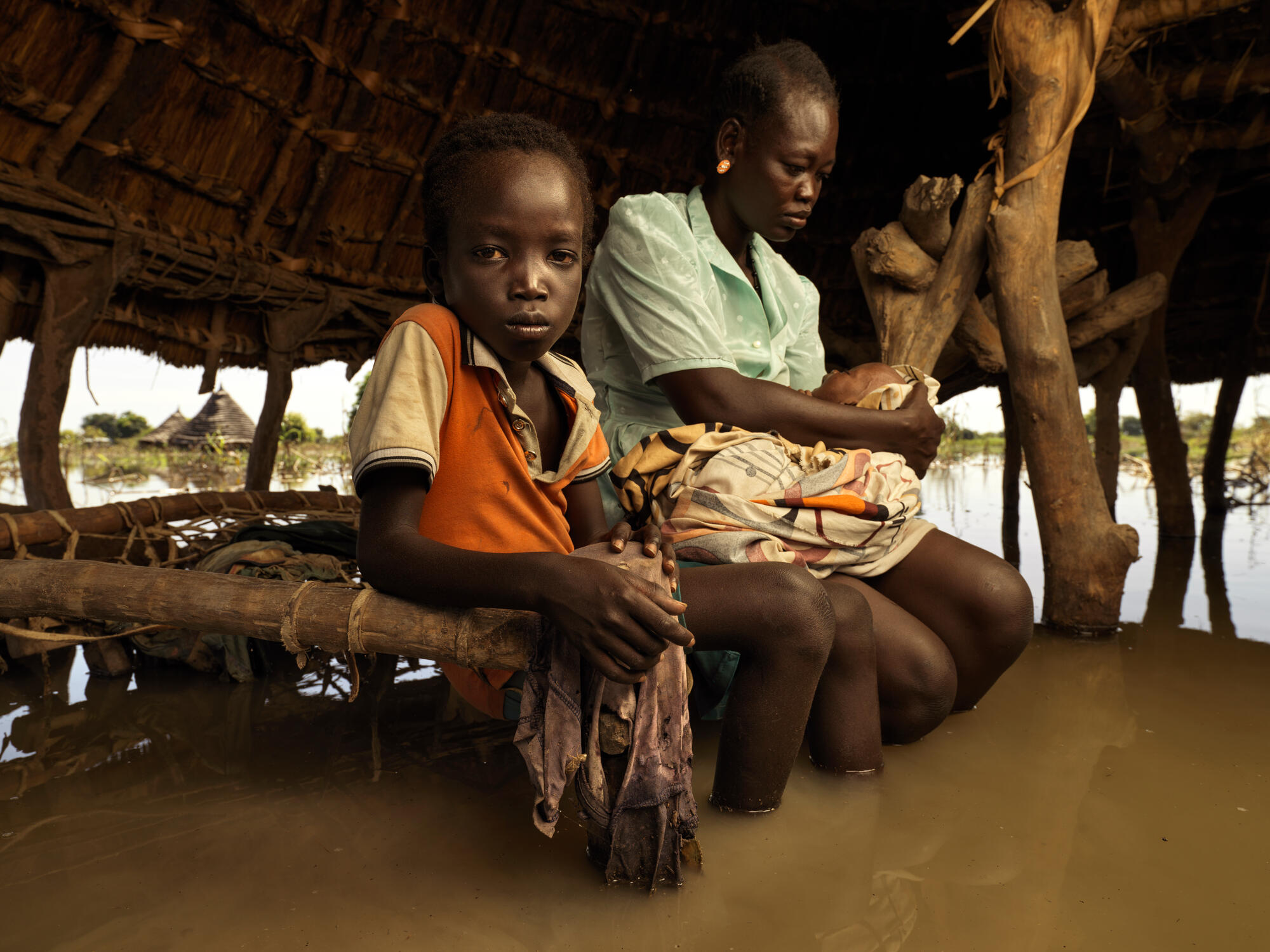
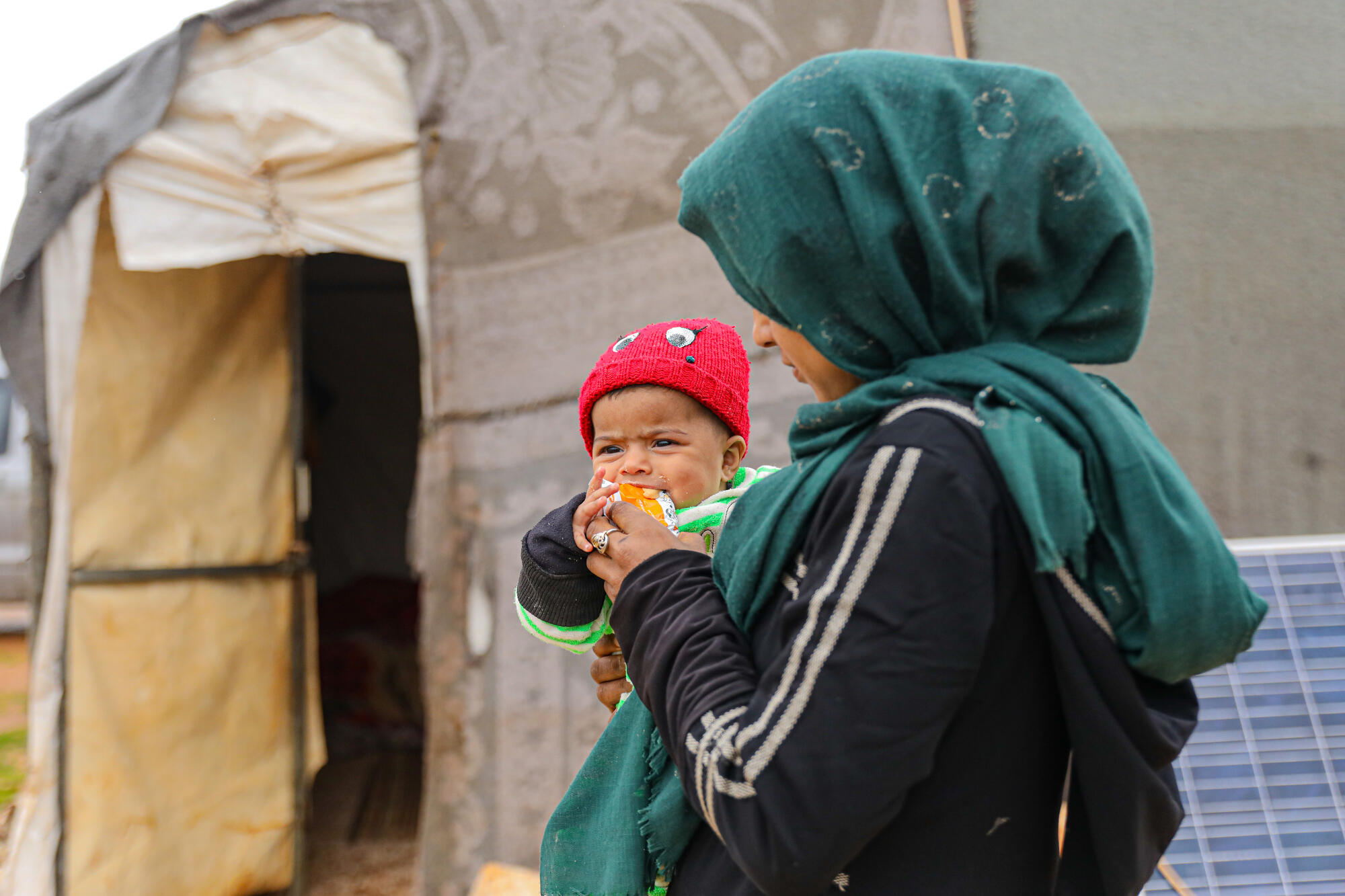
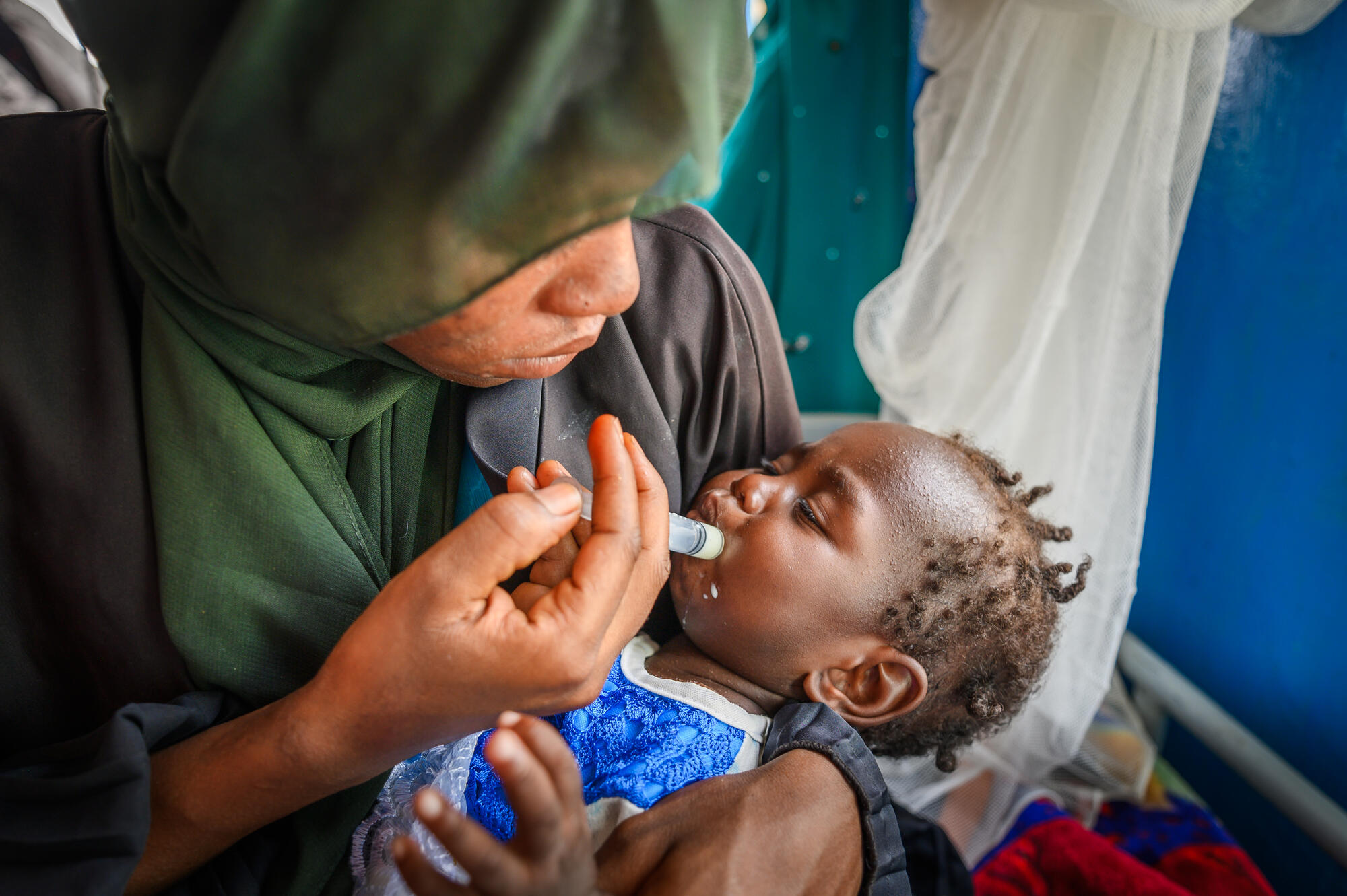
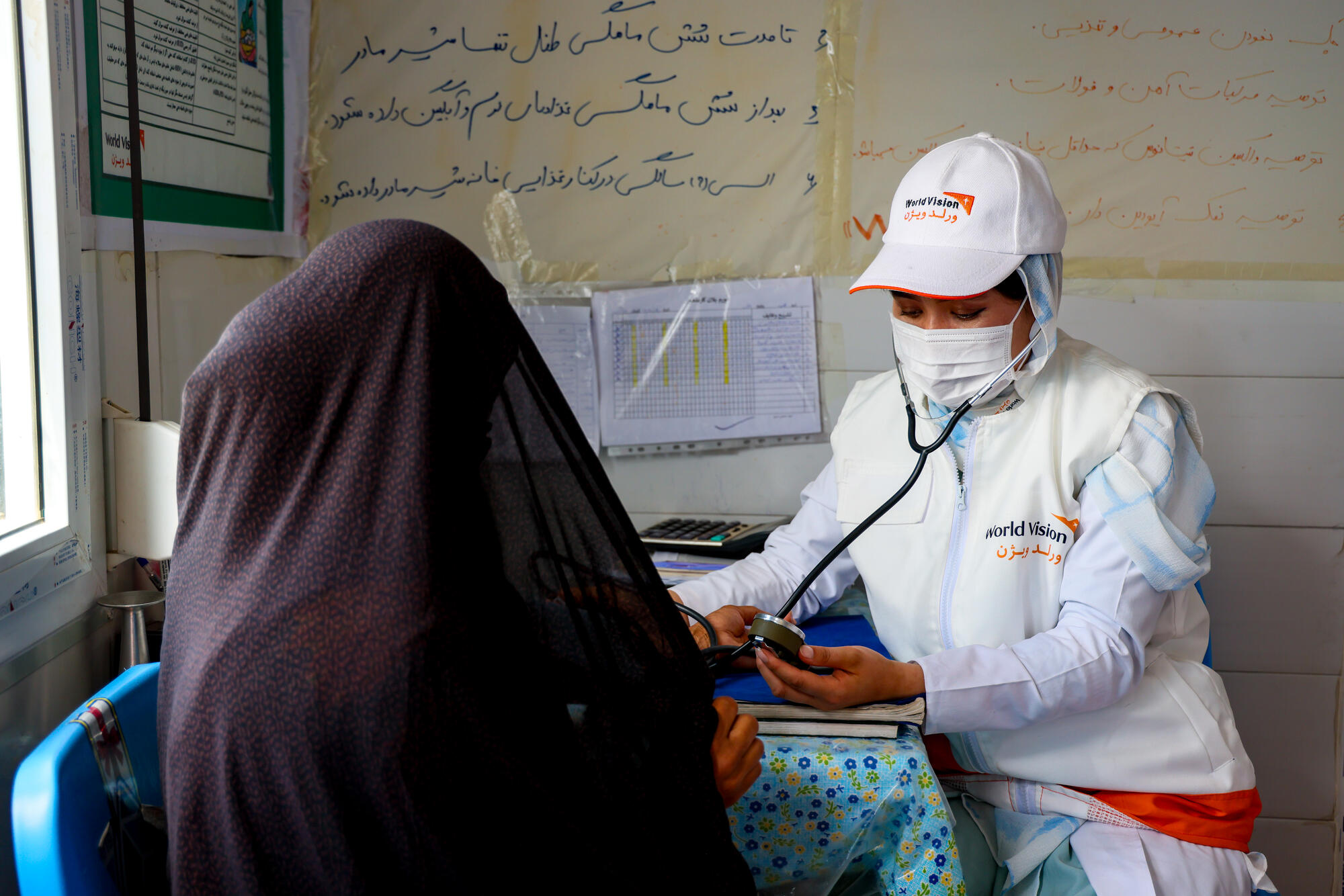
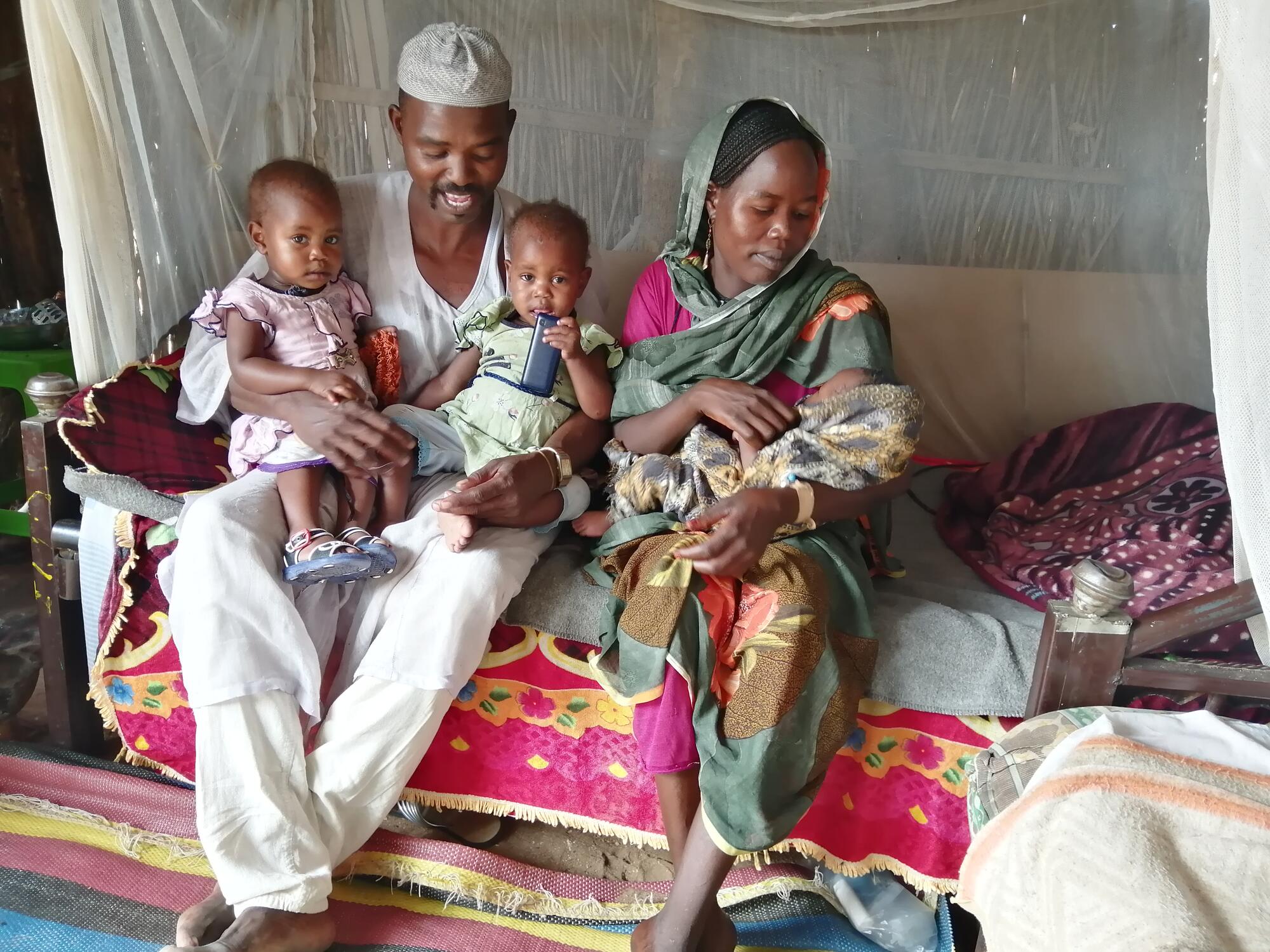
We do this by nourishing, supporting and training women to breastfeed their babies—even in emergency contexts.
From 2022 to 2024, we partnered with Global Affairs Canada to support young children and breastfeeding mothers in Ethiopia, South Sudan, Somalia, Syria and Yemen. In Ethiopia alone, the project reached more than 215,000 moms and babies. In addition:
Through our baby-friendly corners in Cox’s Bazar, Bangladesh, for Rohingya refugee mothers living in a camp that’s more than one-million people large. In crowded situations, such spaces can provide mothers with privacy and breastfeeding assistance.
Through our breastfeeding support in Afghanistan and other emergency prone countries—especially in regions where health clinics are out of reach. Our work has helped increase the number of babies benefitting from breastfeeding.
Where a mother is simply unable to breastfeed, we help provide safe, nutritious alternatives such as ready-to-use therapeutic food and high-energy biscuits. The latter can be crushed and mixed with safe water, to form a kind of pablum.
We pre-position these emergency supplies, including water bottles and jerricans, in regions around the world where disasters frequently happen. We get them to families quickly.
My initial struggle to breastfeed may have felt urgent to me. But, thanks to nutritious food throughout my pregnancy—as well as trained specialists and infant formula—my child was never in peril.
World Vision helps families nourish newborns for whom the crisis is real.
You can help families caring for babies and children in humanitarian disasters. Donate to our Emergency Response Fund today.